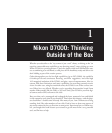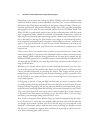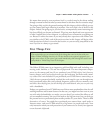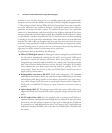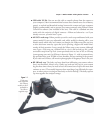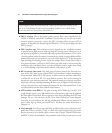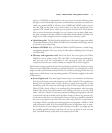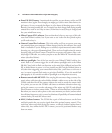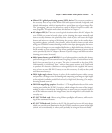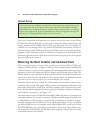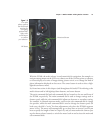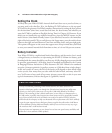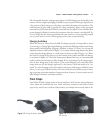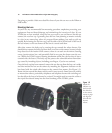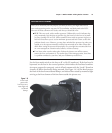■ Extra EN-EL15 battery. I mentioned the need for an extra battery earlier, and I’ll
mention it here, again. Even though you might get 1,000 or more shots from a sin-
gle battery, it’s easy to exceed that figure in a few hours of shooting sports at 6 fps.
Batteries can unexpectedly fail, too, or simply lose their charge from sitting around
unused for a week or two. Buy an extra (I own four, in total), keep it charged, and
free your mind from worry.
■ Nikon Capture NX 2 software. You can download a free try-out copy of this soft-
ware from Nikon’s website, but if you want to use it after the free period expires,
you’ll need to buy it.
■ Camera Control Pro 2 software. This is the utility you’ll use to operate your cam-
era remotely from your computer. Nikon charges extra for this software, but you’ll
find it invaluable if you’re hiding near a tethered, tripod-mounted camera while
shooting, say, close-ups of hummingbirds. There are lots of applications for remote
shooting, and you’ll need Camera Control Pro to operate your camera. Buy a suit-
ably longer USB cable, too, unless you plan to use the Nikon WT4a wireless trans-
mitter (described below).
■ Add-on speedlight. One of the best uses for your Nikon D7000’s built-in elec-
tronic flash is as a remote trigger for an off-camera speedlight such as the Nikon
SB-900. Your built-in flash can function as the main light, diffused and used for
fill, or dialed down in power so it has virtually no effect on the finished photo at
all (other than triggering your remote flash units). But, you’ll have to own one or
two (or more) external flash units to gain that flexibility. If you do much flash
photography at all, consider an add-on speedlight as an important accessory.
■ Remote control cable MC-DC2. You can plug this one-meter long accessory elec-
tronic release cable into the socket hidden behind a rubber cover on the side of the
D7000, and then fire off the camera without the need to touch the camera itself.
In a pinch, you can use the D7000’s self-timer to minimize vibration when trig-
gering the camera, or even take advantage of the mirror up (M-UP) and delayed
release features to reduce camera shake. (These are all described later in this book.)
But when you want to take a photo at the exact moment you desire (and not when
the self-timer happens to trip), or need to eliminate all possibility of human-induced
camera shake, you need this release cord.
■ ML-L3 infrared remote. The D7000 has a pair of infrared sensors on the front
and back panels that can receive signals from this optional remote control. They
work best when used while facing the camera, or directly behind (rather than to
either side), but, unlike the MC-DC2 remote, you can be positioned farther away
than one meter.
David Busch’s Nikon D7000 Guide to Digital SLR Photography12




